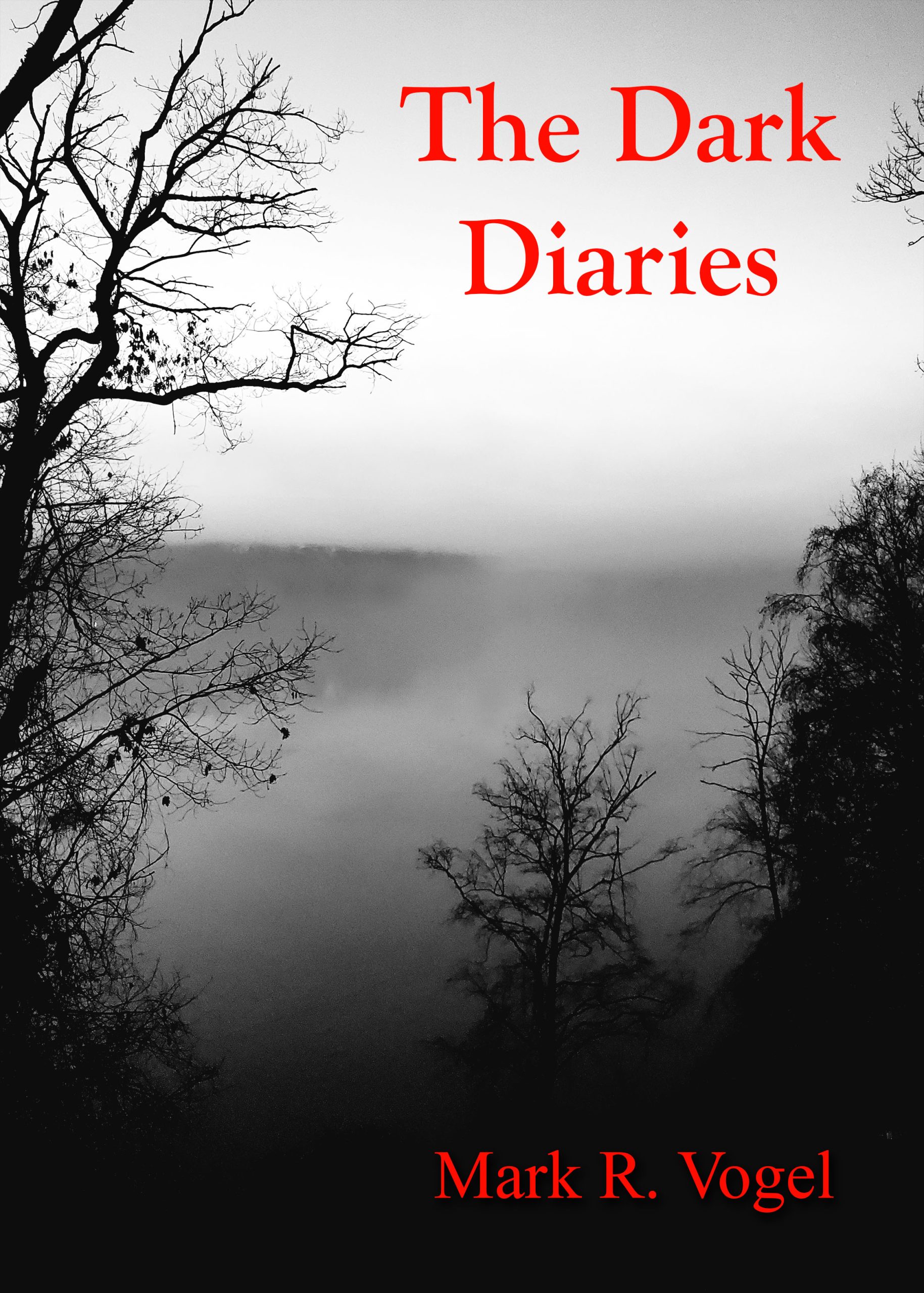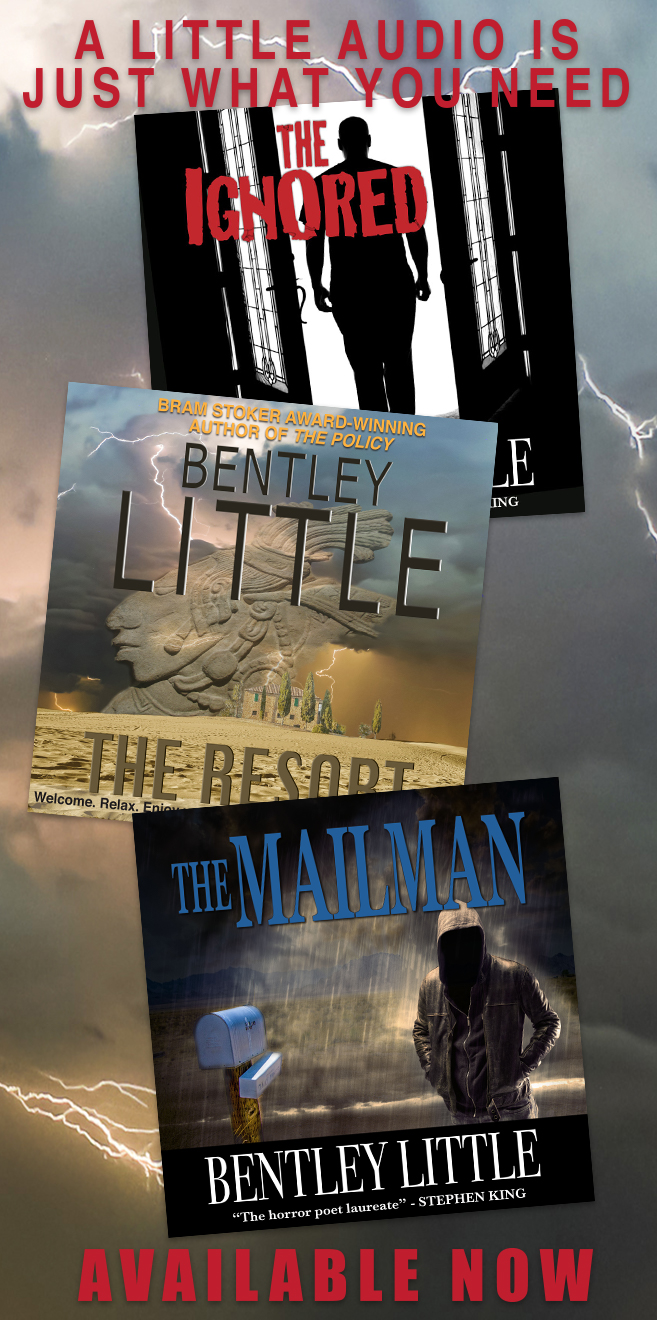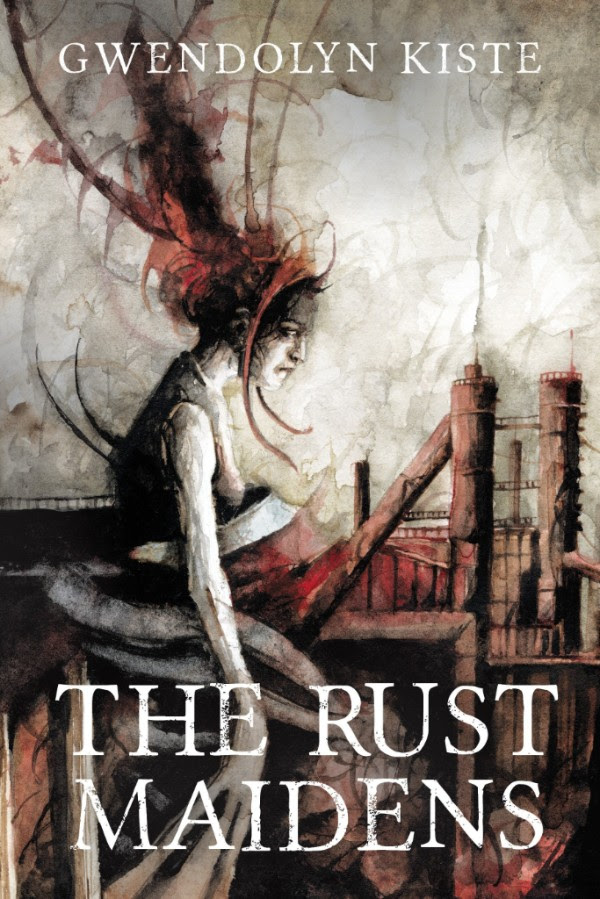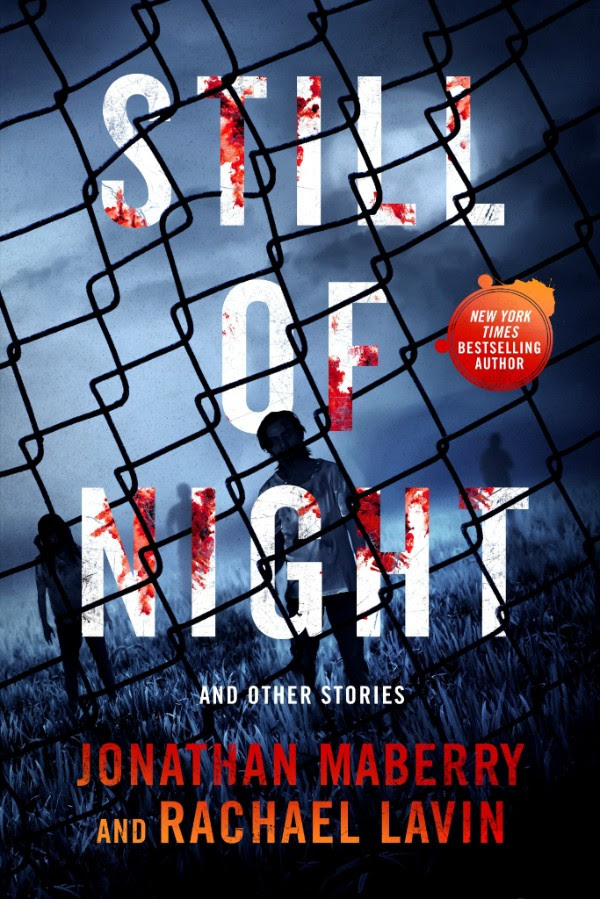Brett Talley’s first novel, That Which Should Not Be (TWSNB), comes with a sterling pedigree, having won its publisher’s 2011 JournalStone horror writing contest, having been named a 2011 GoodReads Choice Awards Semi-Finalist, and also having been named as a 2011 Finalist for the Horror Writers Association Bram Stoker Awards™ in the “Best First Novel” category.
The novel lives up to its hype in that it is, for those fond of very traditional Lovecraftian horror, an extended work that fully achieves such purpose. TWSNB is a (if one is allowed to use the word to describe a horror novel) ‘loving’ and faithful homage to H. P. Lovecraft’s atmospheric styling and to the sub-genre and author-created, fictional universe Lovecraft began and is famous for. Lovecraft posited a reality in which extremely powerful demi-gods, known as the “Great Old Ones,” at least partially led by an aquatic-based, huge and powerful tentacled horror named Cthulhu, ruled before humanity’s forebears ever climbed out of the ancient, antediluvian mud and slime of a young planet earth. These beings were so much more advanced and powerful than mankind that if and when they deigned to notice humanity at all it was in the same way that a busy corporate CEO might view an ant crawling around his desk – as a bug to be indiscriminately crushed without a second’s thought.
However, at some point in the distant past these malignant deities, extraterrestrial travellers from “the spaces between the stars” were challenged and ultimately bested in a war fought by other comparatively more benign beings of at least equal power, beings from which the humans seemingly borrowed their concept of and ideal of the one God of the various Bibles, Korans, and other human sacred texts, that Lovecraft referred to as the “Elder Gods.” The defeated Great Old Ones were placed in a kind of deep slumber akin to suspended animation, and flung both into the far reaches of the cosmos, and some, buried deep in hidden pre-human cities, such as the vast sunken city of R’lyeh which rests deep in the Pacific ocean where Cthulhu lies dreaming.
Author Talley has done his research well and brings into his novel many of the classic tropes that are either central to or even secondary to what’s become known as the Lovecraftian “Cthulhu Mythos.” Indeed it is both author Talley’s strength and his weakness that he has been extremely faithful to both the mythos and to Lovecraft’s writing style.
Talley’s protagonist, Carter Weston, a young graduate student at fabled Miskatonic University in Lovecraft’s fictional Arkham, Massachusetts, is encouraged by his mentor and teacher, Dr. Thayerson, to take up a position at an isolated insane asylum located in the rural wilderness of Massachussetts. Once there he takes an interest in one of the patients, a fifteen-year-old boy named Robert who had been left at the asylum some ten years ago. As his interest with the boy leads to a horrifying mystery, Carter finds himself reunited with Dr. Thayerson, who tells Carter of a certain book, an ‘evil’ book that was allegedly written by Satan himself, and which allegedly contains extraordinary knowledge and power, the Incendium Maleficarum. Carter is sent by Thayerson to a small town in which Thayerson believes he’s tracked the location of this book, and assigns Carter the task of obtaining it and bringing back with him, at all costs.
Carter arrives at the small town on a typical “dark and stormy night” and immediately seeks shelter in a nearby tavern at which he conveniently and coincidentally, finds four men sitting at a table who soon invite him to join them. The novel than allows each of these four strangers to tell their own respective tales of horror that each has experienced to Carter as they sit for hours at the table in the tavern. Each of these tales are interesting and allow for readers to basically hear/read four different short stories which have all been swallowed within the novel via the framing device of their deciding that the new stranger, Carter must hear what they’ve experienced.
If it sounds as if this “framing device” seems a bit contrived and overly coincidental, you would be correct, and yet the tales themselves are enjoyable reads. Indeed similar kinds of coincidences and rather obvious contrivance are used at points throughout the novel, and yet they shouldn’t be taken as overly ruinous to the novel, as the action and suspense built up and spread through such device are entertaining enough in their own right that they become more like minor annoyances rather than fatal flaws.
Carter is able to obtain the dreaded tome, but then loses it in a violent encounter which, in turn, leads Carter back to his four new acquaintances as they must race against the clock in a sea-journey by boat, and chase an evil minion of the Great Old Ones in a race to recover the book and prevent Cthulhu’s awakening from within the rising city of R’lyeh, which will, if accomplished, mean that all the Great Old Ones will be released to rule whatever they bother to leave of a ravaged planet earth.
The novel’s strong points lie within the authentic way that author Talley is able to evoke Lovecraft’s original writing style and atmosphere and thereby tells a sweeping story built through the tying together of seemingly disparate smaller tales. It is highly unlikely that any reader will find himself or herself bored once they begin the novel. TWSNB is filled to the brim with storylines, objects and objectives that will resonate with anyone who has read any of Lovecraft’s own writings or those of the original author’s many successors. It is also a readily accessible and enjoyable means of introduction to this particular sub-genre of horror for the Lovecraftian newcomer.
Unfortunately, there are times where adhering close to Lovecraft’s original prose means having to wade through some bits of somewhat overwrought writing and, as already mentioned, far too many providential coincidences occur that somewhat strain the believability and authenticity of portions of the overall storyline. Then, too, there are instances where small, minor, and avoidable errors seem to haunt the novel and tend to draw at least this reader’s concentration from the story at hand. A few examples would be at the very beginning of Chapter Two, where we are told that within the midst of a freezing, northern Massachusetts January, that the protagonist, a normal man can yet sense an “unnatural chill” in the air. Having lived in northern Illinois for many such winters and further having been caught in a snowstorm in the area around Boston in the winter, the fact is that once you are experiencing temperatures in the teens or below, and then figuring in the wind chill on top of that, the qualitative difference between such bitter cold that already exists and the kind of cold as described by the author would, I contend, be inimical to and unlikely to be able to be so readily differentiated—once one experiences bitter cold, it becomes unlikely that one can readily differentiate the kinds of small degrees of difference described by the author, and hence the “Unnatural chill” seems more an attempt, often engaged in by Lovecraft, to toss in a few extra adjectives and adverbs wherever they could be squeezed in so as to make the everyday sound more exotically frightening and/or horrible for the sake of atmosphere.
Similarly, a few pages later, when, after having seen Dr. Thayerson the previous day, our protagonist is informed by someone that Dr. Thayerson is anxious to see him again, and in response to Carter’s query as to whether Thayerson had said that anything was wrong, he’s answered in the negative – that Thayerson had not indicated that anything was amiss, only that he wanted to see Carter again – Carter is shown and described as being in a state of high agitation and immediately jumps to the conclusion that something very bad has happened. There really isn’t any sound basis for Carter to jump to such conclusion at the time; surely Thayerson as his professor might have had a point concerning their previous discussion of yesterday upon which there may have been some update, indeed some good news of which he wanted to inform his prize student. Again, it seems that Carter’s reaction was deliberately designed to add to the growing oppressive, tension-filled and dangerous atmosphere that the author wished to advance within the story at that point, rather than any actual rational basis for such reaction on the part of Carter Weston at that point.
Just one more small example: at the beginning of Chapter 22, a doctor at the Insane Asylum is describing to Carter Weston the teenage boy, Robert, who is to become a pivotal character for the protagonist, by informing Carter that:
“He was left on our doorstep ten years ago.”
After then confirming that the boy had been left at the asylum when he was just a small child and that he is now 15 years old, the doctor then states,
“Anyway,” he continued, “he’s been with us for several years, and he’s always been a model patient.”
Again, it is a minor slip, but ten years is certainly more than just ‘several years.’ It is a small thing, some readers will notice it right off while others may not note it at all, but it does tend to draw those who do notice such things out of that state of ‘voluntary suspension of disbelief’ that’s crucial to fully enjoying a fiction book/story.
In conclusion, author Brett J. Talley earns high marks for having written a truly enjoyable Lovecraftian novel of horror that honors the style and scope of Lovecraft’s vision and fictional mythos while adding new things and people to the mythos and for being in itself a fast-moving action-filled tale. The minor annoyances that have been raised should be understood as just that—minor annoyances that do not amount to a level that ruins or even substantially lessens one’s enjoyment of the overall novel and the reading experience. However, they are things that the author will hopefully work on, should he determine to delve further into the Lovecraftian Mythos for his next major work.
Finally, it is easy to see why this first novel of Brett J. Talley’s has received the notice and acclaim that have followed it, and That Which Should Not Be marks a welcome and stylishly enjoyable addition to the Lovecraftian Mythos as well as a promising and talented introduction of a new authorial talent to the horror genre in Brett J. Talley. I know that I, for one, will be looking forward with great anticipation to his next novel.
- Dark Roads: Selected Long Poems 1971-2012 - September 15, 2013
- That Which Should Not Be - March 12, 2012
- Cosmic Forces - November 11, 2011
- Mile 81 - September 4, 2011







